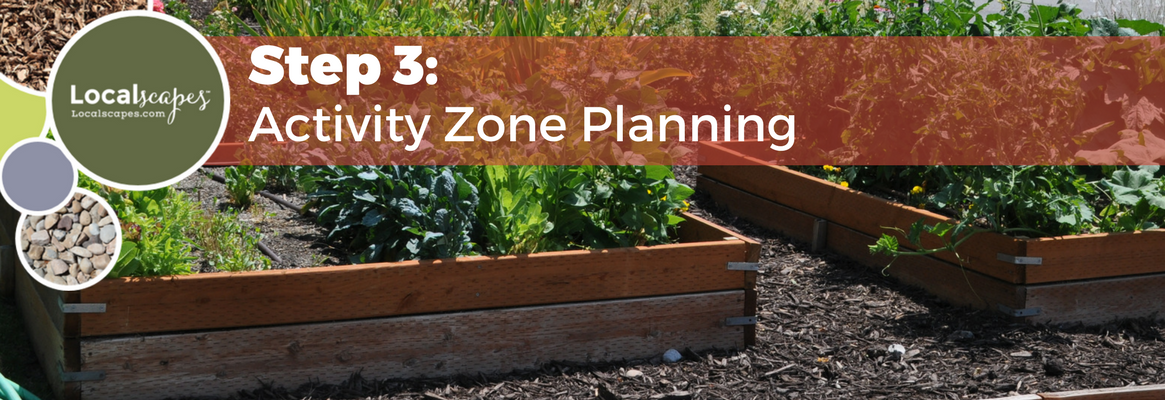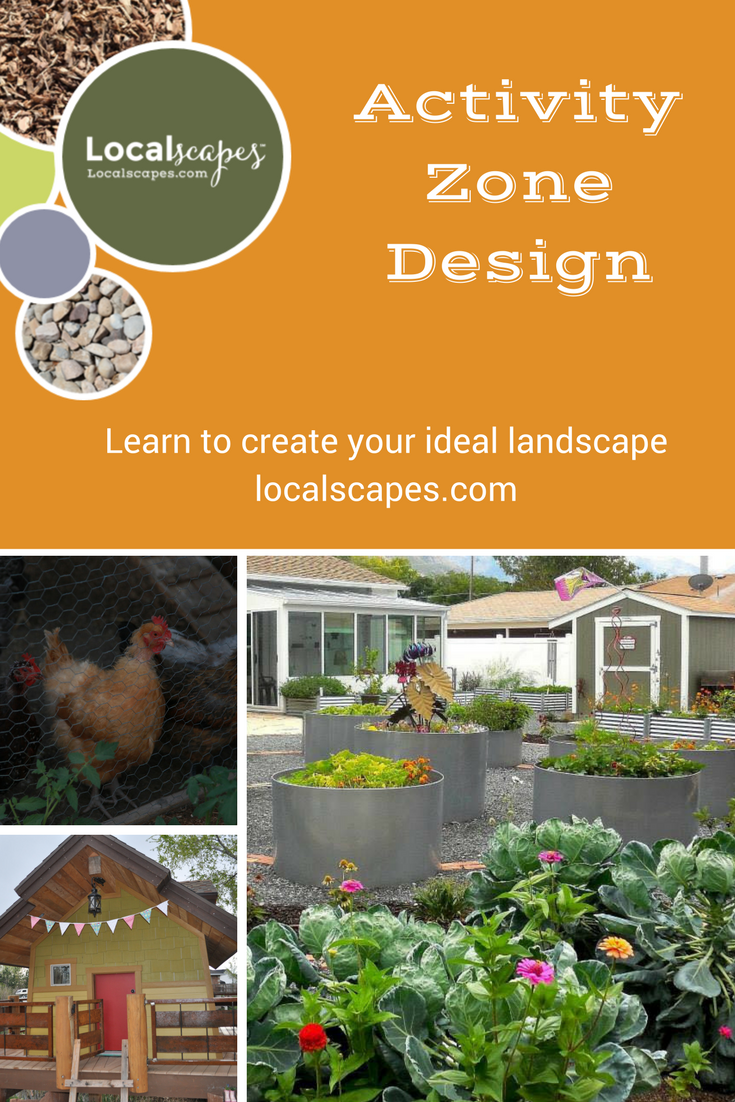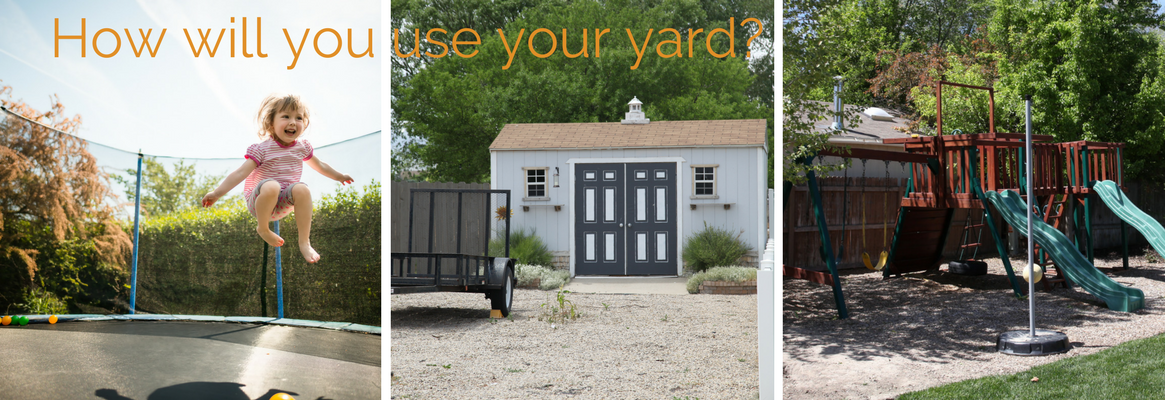
Activity Zone Planning
-
Activity Zones help you to get the most out of your landscape. They are the third Localscape element that should be considered when designing your yard (see previous blog posts for the first two steps). Activity Zones include things like vegetable gardens, hot tubs, sheds, and children’s play areas. They are highly customizable and can change easily as the needs of your family change. Activity Zones give you a reason to be outside in your landscape and are usually lower-maintenance spaces that increase the functionality of the yard—not the work load. When designing and installing your Activity Zones, here are the main things you should consider:

-

-
Usage
What are the needs of your family when it comes to your landscape? Do you have younger kids that would love a swing set or trampoline, or are you in the empty nester phase where a hot tub sounds more appealing? A vegetable garden and a shed to keep all your gardening tools might be useful. Maybe you want a fire pit or a sports area that will lure the family outdoors for entertainment or exercise. Perhaps you can use all of the above! You can create as many Activity Zones as your property, interests and budget allow.
-

-
Sun Exposure
Trees are one of the most important plants to consider in your landscape. If you have an existing mature tree you might locate a swing set or trampoline in its shade. Conversely, if you want a vegetable garden, you’ll want to avoid this shade. A productive vegetable garden will need at least six hours of direct sunlight.
-

-
Visibility
Being able to see children as they play outside may be an important consideration when locating an Activity Zone. Some spaces, such as a trampoline or children’s play area, work best where they are highly visible. Placing them where they can be seen from the kitchen window is a good idea. Other spaces, such as hot tubs or storage, may work best if they’re less visible. To decrease visibility of an Activity Zone, consider installing a shade structure, screening the area with plantings, or adding a trellis and cover with a vine.
-

-
Ground Materials
Activity Zones are always located outside of lawn areas. This decreases the complexity and time that it takes to mow every week while improving the function of the space. If you have ever tried to mow under a trampoline or around a swing set you know how frustrating and time consuming it can be. Instead of lawn under children’s play areas, consider mulch or gravel. For pathways in a vegetable garden, consider crushed stone or pavers. These ground plane materials will generate less weeds because you won’t be watering them.
-

-
Budget
Activity Zones can be installed one project at a time as budget allows. More expensive Activity Zones can be often be installed in phases- perhaps the hot tub is purchased first and a privacy enclosure is constructed later? Localscapes training classes are available throughout Utah and are designed to help homeowners create yards that work—not more yard work.
-


